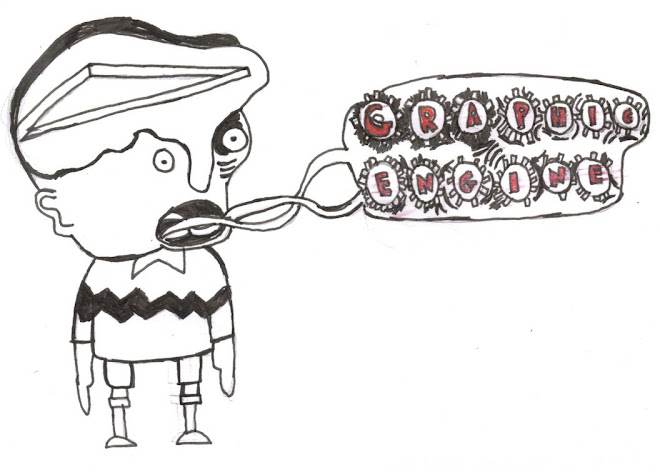
Christmas time for my family is usually a time for following the links to Amazon I provide and then on Christmas day furrowing their brows in confusion as I open my presents and they wonder what it is exactly they have bought. This year was no different.
'Thanks mum, thanks dad'
'That's ok...er...what is it exactly?'
'Oh it's an animated Croatian children's program from the sixties'
'Oh...of course!'
Professor Balthazar is a glorious technicolour invention from Croatian animator Zlatko Grgic and the famed Zagreb Films animation studio. Visually it resembles the 60's pop art and colour obsession best represented by films like Yellow Submarine and The Point(*1).
It follows the exploits of a friendly neighbourhood inventor who solves all the towns problems using his surreal looking inventing machine. When the local street car driver forms a friendship with a down and out bird, the bird teaches him to fly in return for his kindness, but his new skill inadvertently causes the driver to loose his job, that is until Balthazar invents a potion to turn his street car into a flying street car.
The lovely painted backgrounds, the jolting movement(*2), the short but incredibly upbeat and catchy theme song, the strange way in which birds are drawn (huge cumbersome legs with boots on the end that move a lot more than their actual wings) all make for a perfect package.
In a time when all the beloved children's characters of our youth are being cloned Invasion of theBodysnatchers stylee using CGI its nice to look back to a time when childrens television had soul and inventive joy.
-----------------------------------------------------------------------------------------------------------
(*1) If you haven't seen this I highly recommend it, a fantastically animated fable about racial tolerance narrated by Ringo Star
(*2) This jolting movement is perhaps a nod to the breakaway from realist animation and adoption of modernist principles in animation that occurred during the 50's for America andBritain but started later in the 60's for Europe. In this type of animation they would deliberately highly the painterly and drawn surface and limit movements (often skipping from one side of the action to the other instantaneously) in order not to attempt to disguise the fact that these were moving drawings on paper. These principles are discussed at great lengths in Amid Amidi'sfantastic book Cartoon Modern.





No comments:
Post a Comment